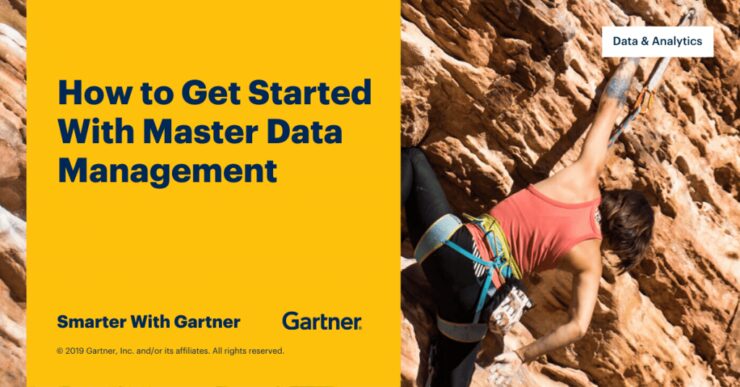Data is becoming increasingly important in pretty much every facet of life. From the personal data that is collected and shared with marketers and advertisers on social media to data about how many returns are made each quarter at a local clothing boutique, data shapes the decisions that get made at both a small scale and a large scale.
As a result of this greater emphasis on data, more and more companies are looking for a reliable master data management solution. Often abbreviated as an MDM solution, master data management involves collecting storing, and analyzing one set of data that serves as the source of truth for an organization. Especially if you run a larger enterprise business, you may have dozens of departments collecting various data points. Having a centralized repository of this information ensures that the right data is getting pulled at the right time by the right person. That being said, how does one choose the right MDM solution for their business from a crowded field of competitors? This is where the Gartner MDM magic quadrant comes in.
What is the Gartner magic quadrant?
Put simply, Gartner’s magic quadrant is a way of classifying MDM solutions and vendors based on a few different criteria. Gartner is known for its research publications about master data, and as such the opinions of Gartner carry just as much weight as other statements of fact surrounding various MDM options. Gartner research publications share their research findings of various MDM suppliers each year, and these insights can be particularly helpful for technology users who want to find out which companies have the highest ratings or serve a particular purpose. As part of a larger research document about MDM and master data, the magic quadrant is only one component. That being said, the way that it quickly offers an easily understandable designation to some of the highest-rated master data companies in the industry gives it considerable weight.
How are various MDM vendors classified by Gartner?
Gartner classifies MDM vendors on two main points as part of its magic quadrant work. The first axis has to do with the completeness of vision for a particular company. The second axis has to do with the company’s ability to execute or deliver on that vision. From there, MDM vendors are charted in one of four quadrants based on how much they do or don’t align with both of those axes.
Some companies, for example, might have their MDM platform viewed as a leader. Leaders are leading the way in the MDM market and have both a complete vision and the ability to execute that vision. Smaller startups may be seen as challengers, since they have the ability to execute their vision but don’t necessarily have the track record yet to fully explain what their premise is. Visionaries, on the other hand, are focused more on the completeness of vision than they are on their ability to execute. Visionaries lead the way by pushing the sector forward; however, they may not have all of the attributes you’re looking for when it comes to handling your digital transformation or master data assets. Finally, niche players have a more narrow vision and a more narrow ability to execute on that vision. While they may not fit every use case out there, they generally provide a solid customer experience for those who have specific needs that aren’t met as well from other vendors.
Ultimately, your workflow and business intelligence requirements are likely to play the greatest role in what MDM platform you use. Even so, the Gartner magic quadrant can help you quickly classify leaders, challengers, visionaries, and niche players so that you can narrow your search and find the right vendor for you.






























